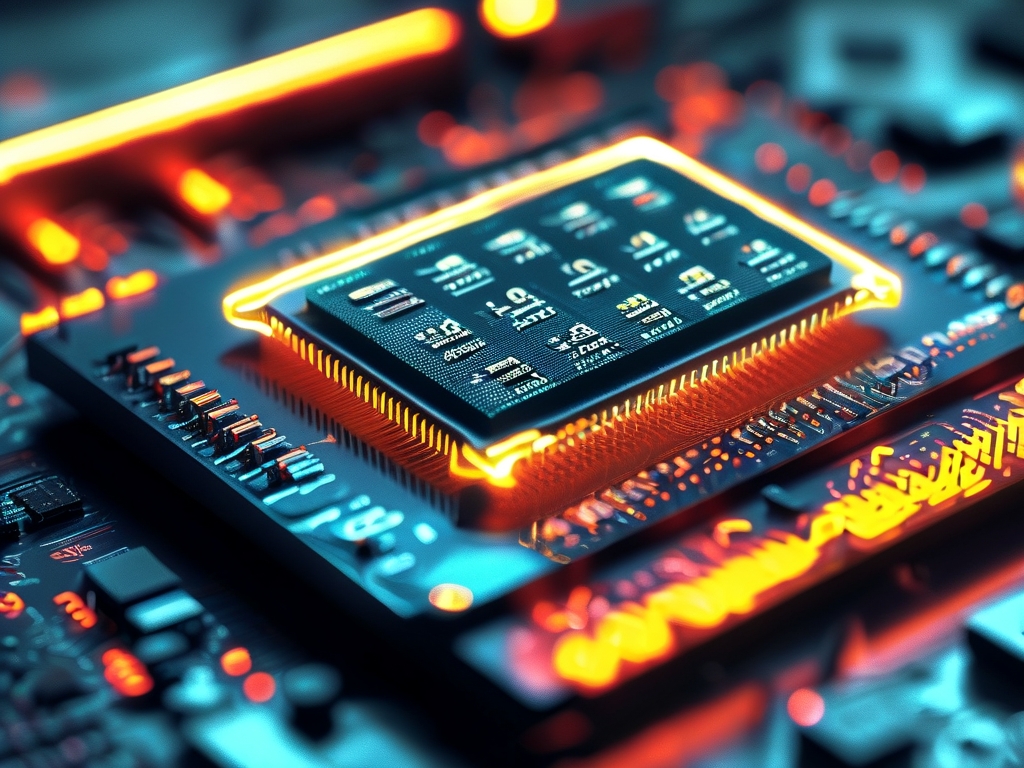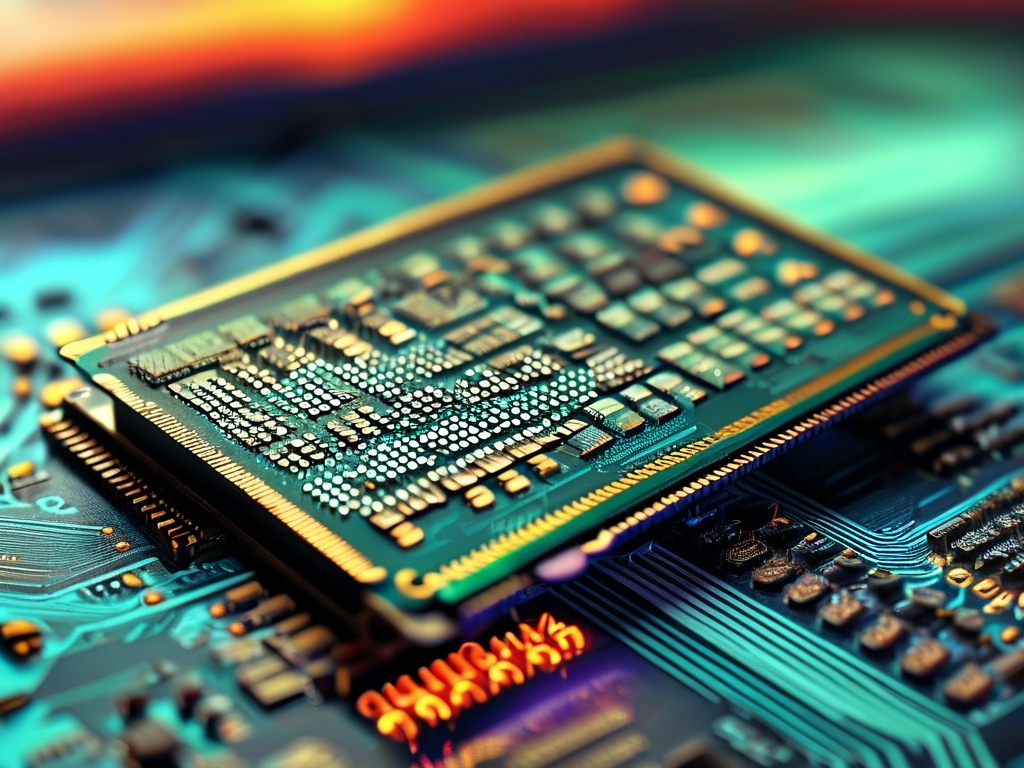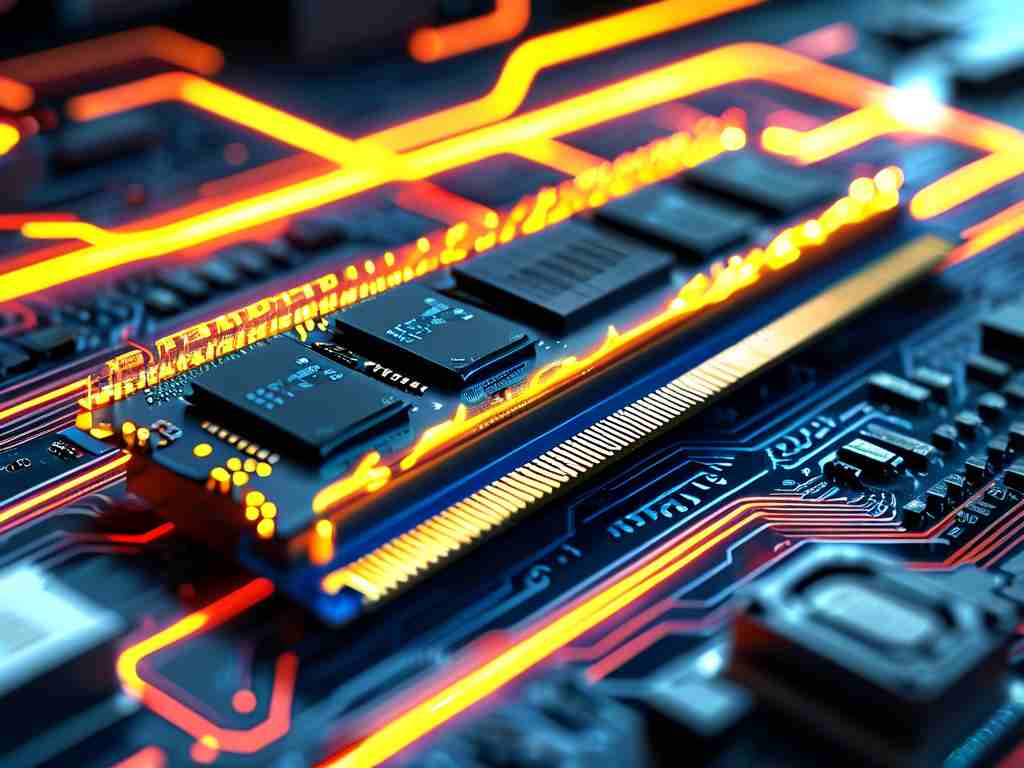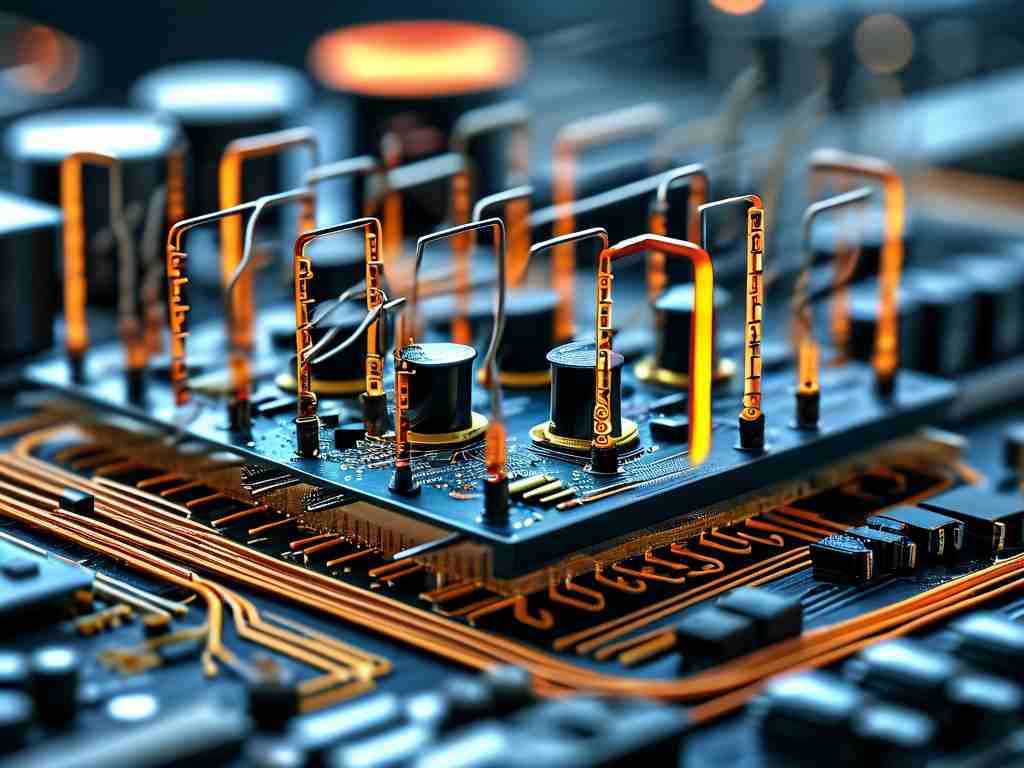In modern computing systems, memory modules play a critical role in ensuring efficient data processing and system stability. One often-overlooked yet vital aspect of memory design and optimization is determining the maximum current value these modules draw during operation. This parameter is essential for power supply design, thermal management, and reliability assurance. In this article, we will delve into the formula for calculating the maximum current in memory modules, explore its components, and discuss its practical implications.
Why Maximum Current Matters
Memory modules, such as DRAM or SRAM, require precise voltage and current levels to function correctly. Exceeding the maximum current rating can lead to overheating, voltage drops, or even permanent damage to the circuitry. Engineers and system designers must calculate this value to:

- Select appropriate power delivery components (e.g., voltage regulators).
- Design cooling solutions to dissipate generated heat.
- Ensure compliance with safety and efficiency standards.
The Core Formula
The maximum current ((I{max})) for a memory module can be calculated using the formula: [ I{max} = \frac{P{total}}{V{dd}} ] Where:
- (P_{total}) = Total power consumption of the memory module.
- (V_{dd}) = Supply voltage provided to the module.
This formula derives from the fundamental relationship between power, voltage, and current ((P = V \times I)). By rearranging it, we isolate current as the dependent variable.
Breaking Down the Variables
1. Total Power Consumption ((P_{total}))
Memory power consumption consists of two primary components:

- Static Power ((P_{static})): The power consumed when the memory is idle but powered on. This is influenced by leakage currents and background processes.
- Dynamic Power ((P_{dynamic})): The power consumed during read/write operations. This depends on factors like switching frequency, capacitance, and data activity.
The total power is the sum of these components: [ P{total} = P{static} + P_{dynamic} ]
Dynamic Power Calculation: For CMOS-based memory, dynamic power is calculated using: [ P{dynamic} = \alpha \times C \times V{dd}^2 \times f ] Where:
- (\alpha) = Activity factor (proportion of transistors switching per cycle).
- (C) = Load capacitance.
- (f) = Operating frequency.
2. Supply Voltage ((V_{dd}))
Modern memory modules typically operate at low voltages (e.g., 1.2V for DDR4, 1.1V for DDR5). This value is specified in the module's datasheet and must be measured accurately during testing.
Practical Example
Let's calculate (I_{max}) for a hypothetical DDR4 module:
- (P_{static}) = 0.5W (from datasheet).
- (\alpha) = 0.3 (30% activity).
- (C) = 2nF.
- (V_{dd}) = 1.2V.
- (f) = 2400 MHz = (2.4 \times 10^9) Hz.
First, compute (P{dynamic}): [ P{dynamic} = 0.3 \times 2 \times 10^{-9} \times (1.2)^2 \times 2.4 \times 10^9 = 2.07W ]
Then, total power: [ P_{total} = 0.5W + 2.07W = 2.57W ]
Finally, (I{max}): [ I{max} = \frac{2.57W}{1.2V} \approx 2.14A ]
This result indicates the power supply must deliver at least 2.14A to avoid instability.
Factors Influencing Accuracy
- Temperature Effects: Leakage currents (and thus (P_{static})) increase with temperature.
- Voltage Tolerance: Real-world voltage fluctuations ((\pm 5\%)) may require derating (I_{max}).
- Activity Variability: Bursty workloads can cause transient current spikes beyond calculated averages.
Design Considerations
- Safety Margin: Always add a 20–30% buffer to the calculated (I_{max}) to account for unforeseen loads.
- Parallel Modules: For systems with multiple memory chips, sum individual (I_{max}) values.
- Transient Response: Ensure the power supply can handle rapid current changes without voltage sag.
Advanced Scenarios
- Overclocking: Increasing (f) or (V{dd}) boosts performance but escalates (P{dynamic}) and (I_{max}).
- Low-Power Modes: Sleep states reduce (P{static}), lowering (I{max}) during inactivity.
The formula (I{max} = P{total} / V_{dd}) provides a foundational tool for engineers to optimize memory subsystem design. By accounting for static and dynamic power, supply voltage, and real-world variables, designers can ensure reliable, efficient, and scalable memory solutions. As memory technologies evolve-toward higher speeds and lower voltages-the principles behind this calculation remain indispensable.




